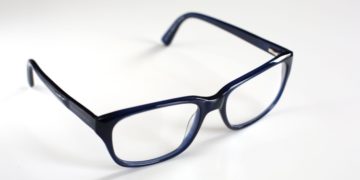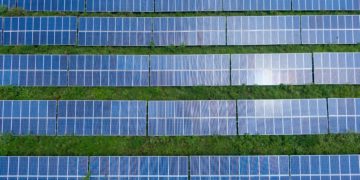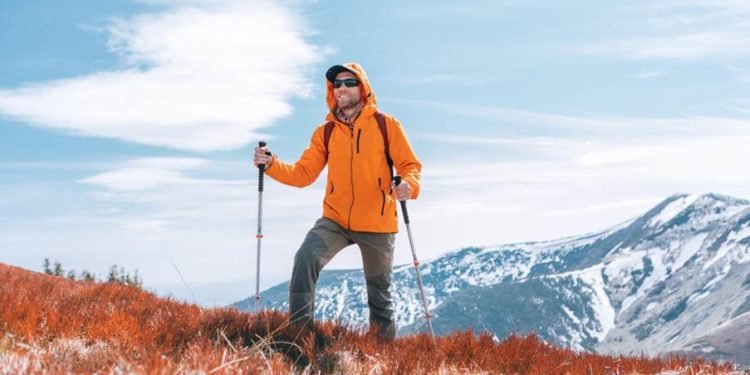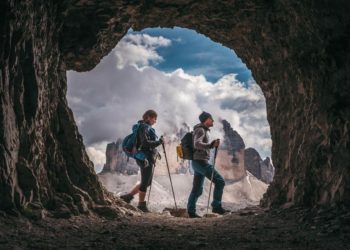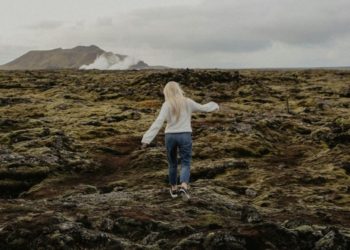Why does your hiking attire matter more than you think?
The clothes you choose for hiking are more important than making a fashion statement. It’s more about comfort and safety on the trail than making any fashion statement. The interesting thing about hiking attire is that you need a different type of outfit based on the terrain, climate, and even cultural influences. For hiking in Patagonia to MacRitchie Reservoir Park in the East, being prepared the adventure is more important, as you don’t want to be frozen or you don’t have to get super wet, as these are spoilers that could spoil the experience.
The interesting facts behind hiking are that, in countries like South Korea, where mountains are very close to every city, fashion meets function. Hikers in South Korea favour vibrant, layered activewear. They want not just practical outfits but those that can dry fast, offer UV protection, etc. The hiking fashion in Korea is testament to the ethos that it’s as equally important to look good as it is to be presentable for any occasion. On the other hand, the equatorial countries demand what’s breathable, light, sweat-free material! Singapore’s hiking areas are considered tropical mountains; apart from outfits, being connected using ESIMWORD.net is of prime importance while you hike in Singapore. As ESIMSINGAPORE.net provides seamless connectivity, which is essential to power your smart devices while you hike the beautiful mountains of Singapore. In this article, let’s dive deeper into how to be prepared for hiking in various terrains of the world.
What to Wear for Hiking: Essential Guide for Every Trail
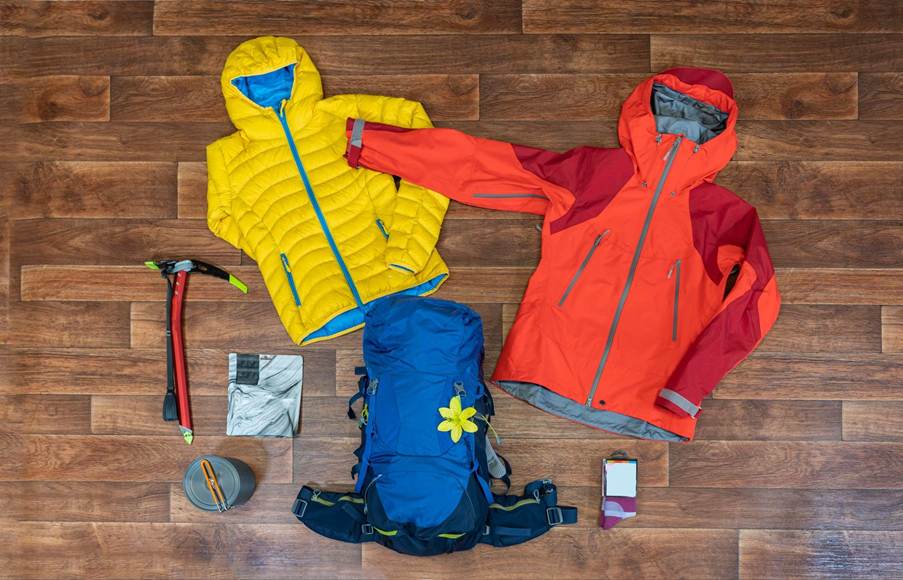
One of the most important preparations for Hiking is the attire. Based on the country you are planning to hike in and the terrain you are planning to hike, you will have to prepare in advance the attire to suit your adventure. Just like they say, always have an attire for a wedding and a funeral, and always stay prepared for all weather conditions. Some of the most common ways to be prepared are by preparing
- Comfortable and Sturdy pants
- Moisture-wicking top
- A warm jacket
- Rain jacket
- Brimmed hat
- Sturdy shoes
Hiking guide by region
| Catogory | Patagonia | Europe | South Korea | Singapore |
| Base Layer | Tops and leggings made of merino wool or a synthetic material that wicks away moisture | T-shirt, tank top, and underwear made of synthetic or merino wool | Shirts that are light and wick away moisture (typically bright, technical shirts) | Long-sleeved shirts that let air in and keep the sun out |
| Mid Layer | Lightweight down or fleece jacket | Fleece or soft shell jacket | A thin windbreaker or rain jacket | Not typically needed; rely on breathable fabrics |
| Shell Layer | Waterproof, windproof jacket and pants (for rain and wind) | Waterproof, breathable jacket | A thin rain jacket is recommended | Light rain jacket for tropical downpours |
| Pants | Quick-drying hiking pants | Stretchy, quick-dry trekking pants (avoid jeans) | Stretchy, quick-dry pants or leggings | Shorts or quick-dry hiking pants |
| Foot wear | Waterproof hiking boots with ankle support | Trekking boots or trail runners (boots for Alpine) | Trail shoes or hiking boots (based on trail steepness) | Breathable trail runners or hiking sandals |
| Accessories | Beanie, gloves, sun hat (sun and cold likely) | Buff, sun cap, lightweight gloves (esp. spring/fall) | Cap or visor, UV sleeves, backpack for essentials | Wide-brim hat, sunglasses, buff, mosquito-repellent clothing, or spray |
What Not to Wear Hiking: Essential Clothing Mistakes to Avoid
Hiking attire mistakes that you should avoid are
- Jeans or cotton pants: As they hold moisture and dry very slowly, they can also cause rashes from rubbing and discomfort.
- Cotton Shirts or Hoodies: They are known for poor breathability, absorb sweat and rain, and can also get cold very quickly.
- Flip-flops, Sandals (non-hiking): The daily use of flip-flops and sandals cannot give you support or grip while you are hiking, and they can risk injury and other issues.
- Sneakers (fashionable): They are not suitable for hiking trails and are not waterproof.
- Bulky layers: restrict movement, may overheat in heavy conditions, and are hard to pack
- Short shorts: Exposure to leeches, ticks, venomous insects, and scratches from plants
Clothing strategies for smart hiking
Terrain & Climate:
Based on the environment, plan your outfit. For Desert like environment light, breathable and UV protection gears are likely suitable. For mountainous terrain layered cloths for warmth and weatherproof shell, and for rainforest terrains, Quick-dry and insect repellent fabric are recommended for safety. Finally for urban city Trails, casual technical wear, stylish yet fuctional hiking attire will be the best option.
Weather Variability:
Base Layer: Moisture-wicking hiking attire like thermal tops, long-sleeve shirts, and leggings, as they keep sweat off the skin, so you will not feel cold.
Mid-layer: for insulation purposes, materials that have the property to trap heat and keep you warm. Some clothes are a fleece hoodie, a puffy jacket, or a wool sweater.
Shell layer: To shield you from wind, rain, and snow. A rain jacket, windbreaker, and hardshell pants work well for the purpose.
Tip: Packing smart is very important when it comes to packing hiking attire. Pack lightweight, compressible items that adapt to multiple weather conditions. Opting for bright colours can be a safety feature as anyone can spot you from a distance. In the current age of technology, carrying digital devices connected by eSIM is a very important safety element.
The Best Fabrics for Hiking: Comfort, Breathability, and Durability
To plan your hiking attire, understanding the properties of the fabric is very important.
Wicking
The most important part while planning your hiking attire is the base layer or any apparel that touches your skin. The fabric’s ability to pull moisture is of utmost importance. The best materials include merino wool or synthetic fibers like polyester or nylon.
Insulating
Clothing with good insulating properties is important to hold the heat that your body produces, and which in turn helps to keep your body warm.
Waterproof and windproof
For the outer layer or shell, hiking attire that helps you withstand wind and rain is very important. These days, there are more high-technologically sophisticated fabrics in the market that are used to produce hiking attire that can withstand both wind and rain.
Sun protection
With modern technology, clothes are made out of ultraviolet protection factors(UPF), which can be used as excellent protection of your skin against the sun’s damaging UV rays.
Footwear for Hiking
Hiking attire is not complete without proper hiking boots. The use of proper footwear is essential, as some footwear can create blisters or sore feet, which can be a disaster on your hiking trip. They not only make things uncomfortable, but they can also create injury. Some of the best choise of boots or footwear for hiking are as follows.
Hiking boots or Trail running shoes
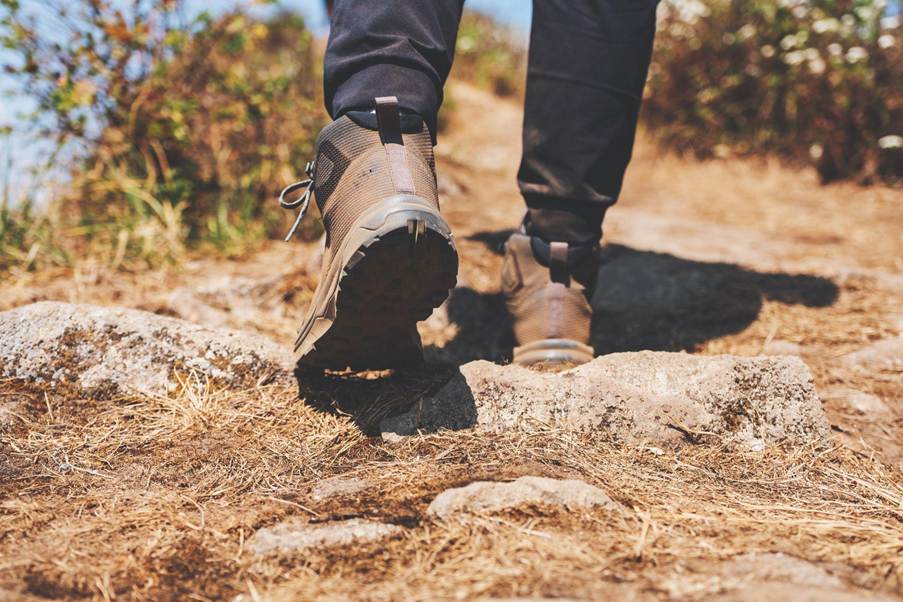
Waterproof and water-resistant hiking boots are probably your best bet for hiking in wet, muddy, and possibly even dew-covered environments. Consider hardy hiking boots with ‘supportive’ ankles for longer hikes, and lighter trail runners for shorter hikes and less challenging trails work just fine.
Hiking sandals
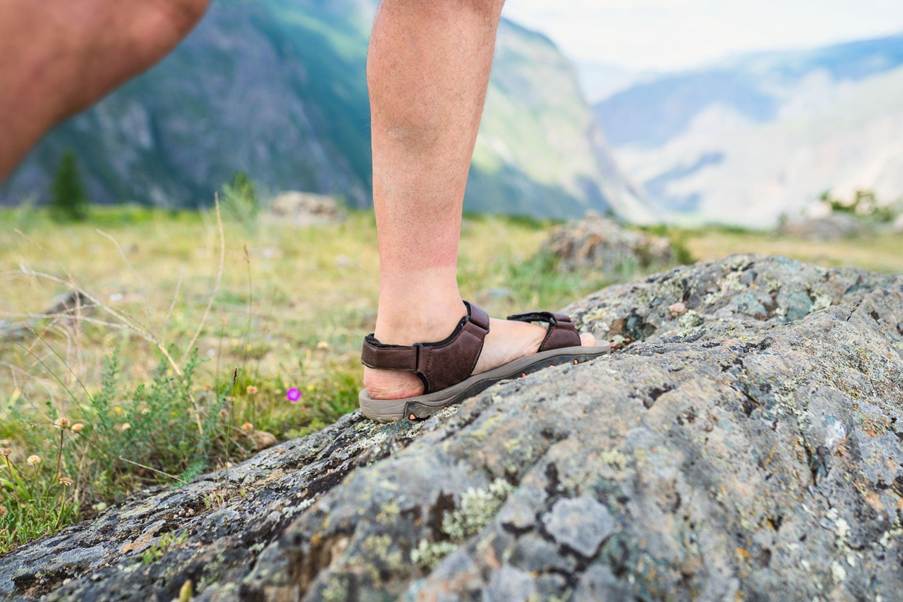
Hiking sandals are a lightweight, breathable option for hiking, best suited for flat terrain. These sandals are ideal for tropical terrains while crossing water. Unlike normal waking sandals, hiking sandals have a sung strap system to hold the shoes securely to your feet. Based on the region you are planning to hike in, if it’s a more tropical climate, then hiking sandals will be of good choice, but they are not suitable for cold regions.
Hiking Socks
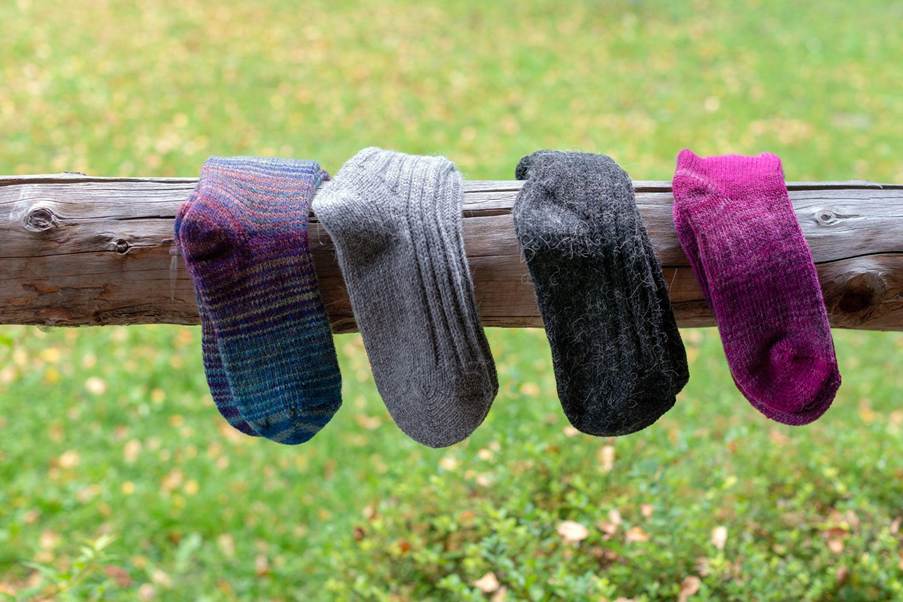
When it comes to hiking clothing, the decision of socks is a big deal. Opt for thicker or thinner socks depending on the weather, and the socks you wear should be taller than your boots, so they don’t irritate your skin. Consider wool socks that wick moisture vs. cotton socks.
Hiking Accessories

Now that you are geared up for hiking with all your hiking attire, it’s time to have the necessary accessories for protection against many natural elements. Some of the accessories are as follows:
- Hats: For protection against the sun’s rays and to keep you warm in cold weather conditions. Consider carrying a waterproof hat during the rainy season.
- Sunglasses: wear proper sunglasses based on your preference for protection from the UV rays.
- Gloves: For protection from a cold climate. Insulated gloves or water poof gloves are best for windy conditions
- Leg gaiters: Act as a waterproof guard under rainy and snowy conditions
- Neck gaiter: protects your neck area by keeping you warm, and also protects from harmful UV rays
- Maps: These days, with modern technology, the use of electronic maps is common. Electronic maps that are connected to ESIMWORD.net are recommended. As ESIMWORD.net provides seamless connectivity at an affordable price.
Final thought: Hike Green
“How you climb a mountain is more important than reaching the top.”
-YVON CHOUINARD
Hiking is an enjoyable activity that so many people can do because it is all about enjoying nature. As we are the global citizens of this world, our responsibility for safeguarding of environment increases day by day. With the best hiking attire, not only do you ensure you’re protected, but you can count on the planet being safeguarded too. Choose companies that will manufacture new hiking attire using recycled materials or have schemes in place to reduce water waste when it comes to production. Buy less by choosing well, invest in durable, versatile clothing that would work for all working conditions. Gear up and get ready for a greener and peaceful hiking experience.












